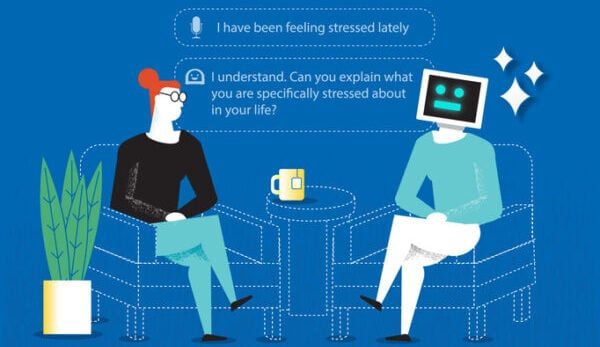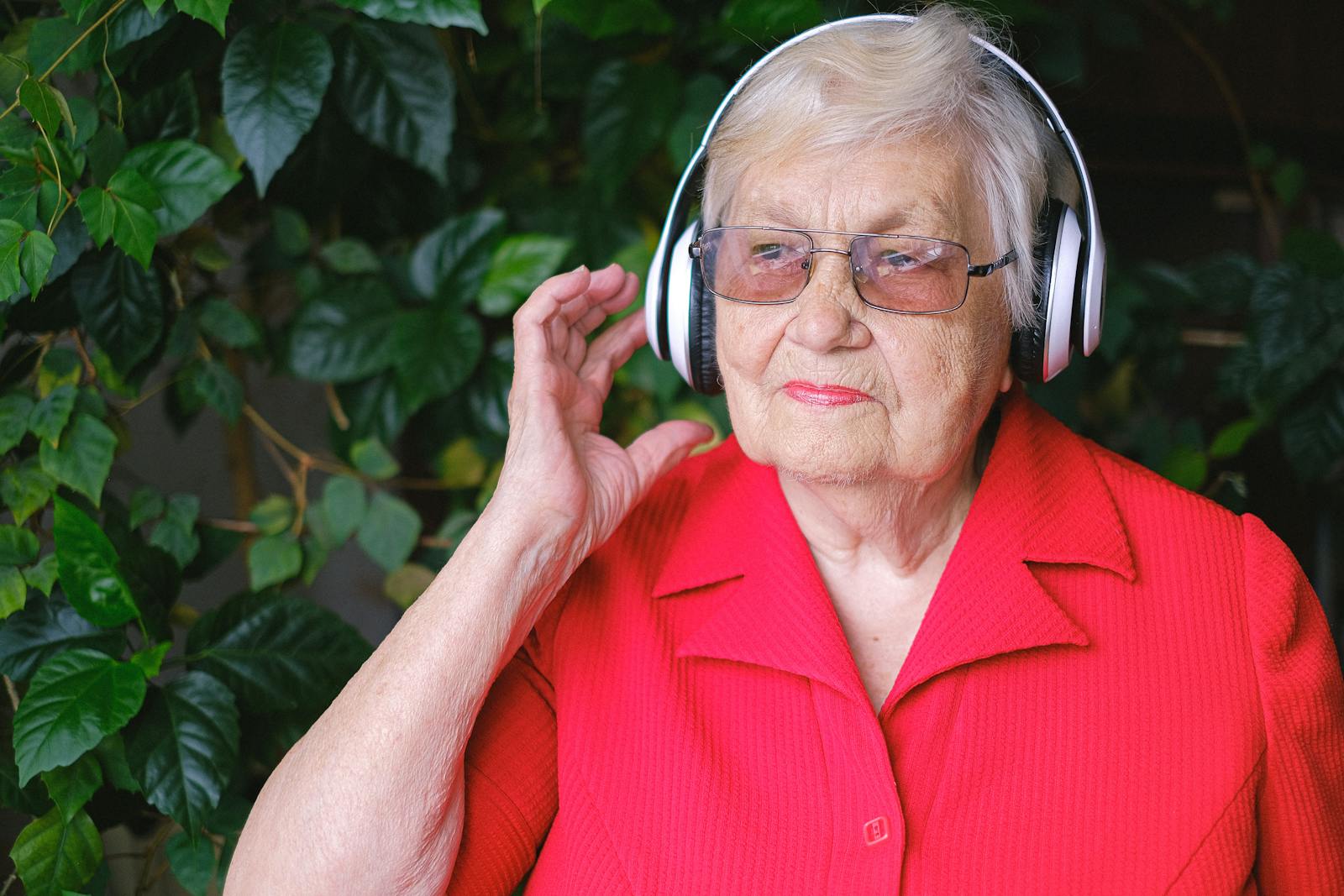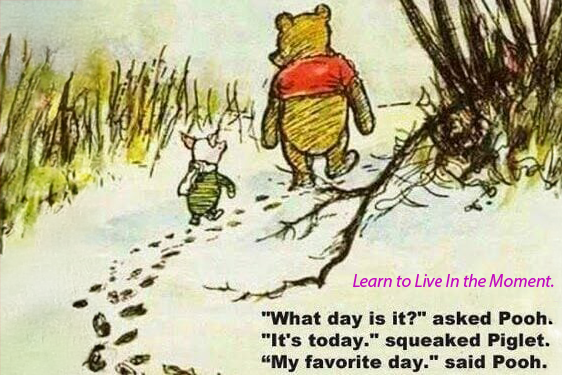KEY POINTS
- Coping mechanisms are cognitive and behavioral approaches that we use to manage internal and external stressors.
- Problem-focused coping refers to an actionable way to handle a stressful situation.
- Emotion-focused coping is managing internal feelings about a stressful situation.
Cowritten by Sukhman Rekhi and Tchiki Davis, Ph.D.
Coping mechanisms are cognitive and behavioral approaches that we use to manage internal and external stressors (Algorani & Gupta, 2021).
- Internal stressors are thoughts and emotions that come from within us that can induce a stress response (Alsentali & Anshel, 2015). Some examples of internal stressors include fears, insecurities, negative self-talk, unrealistic expectations, and perfectionism.
- External stressors provoke a stress response from outside factors and can sometimes include situations we have no control over (Alsentali & Anshel, 2015). Some examples of external stressors include losing a loved one, being laid off from your job, an upcoming exam, an illness, and being in a car accident.
The strategies we use to cope may be called coping mechanisms. Typically, we utilize cognitive and behavioral strategies to cope with these stressors (Burns & Nolen-Hoeksema, 1991). For example, perhaps you have been swamped with work and you miss your child’s school play. You may have had the date saved as an event on your phone, but then you had to stay late at a meeting, and you missed your child’s play.
Think now about how you might use the following strategies to cope with this stressful event:
- Cognitive strategies: These strategies relate to our thinking. For example, you may try some positive self-talk, such as telling yourself, “Mistakes happen and I will do my best next time to make intentional time for my family.” With this approach, you shift your mental focus to change your thoughts or perspectives.
- Behavioral strategies: These strategies relate to our actions. One example could look like apologizing to your child for missing the play, asking them what you can do that might make them feel better right now, and then carrying out the action they suggested.
We may never be able to fully rid ourselves of stressors, no matter how resilient we are, but we do have the power to manage stress in healthy ways. Let’s take a look at some of the primary types of coping mechanisms that may be helpful to incorporate into your own coping toolkit.
Problem-focused coping refers to an actionable way to handle a stressful situation, much like the behavioral approach to coping we just talked about. This technique allows us to focus on tackling the problem itself. Typically, this coping technique is employed when we have control over a situation (Baker & Berenbaum, 2007). Here are some examples:
- Feeling overwhelmed with responsibilities? Try creating a schedule or to-do list.
- Dealing with loneliness after a breakup? Try reaching out to some close friends or family members for social support.
- Struggling with work–life balance? Try talking to your employer about how to set up a more flexible schedule or healthy boundaries.
Emotion-focused coping is managing your internal feelings about a stressful situation, similar to the cognitive approach mentioned above. This technique allows us to focus on ourselves and our emotions about the situation. While we can use emotion-focused coping techniques for all types of stressors, this technique may become particularly helpful when we do not have control over a situation (Baker & Berenbaum, 2007). Here are some examples:
- Received a parking ticket? Try a quick 10-minute guided meditation to breathe through any additional stress or anger the situation may have caused.
- Got into a small argument with a friend? Try journaling about your feelings regarding the incident.
- Didn’t get the job you wanted? Try to practice reframing the situation as an opportunity to explore other jobs that might end up being a better fit.
When we deal with stressful situations, some of us may feel inclined to deal with the problem right away while some of us may want to evade the situation altogether. Here is a bit more info on the two primary styles of coping:
- Active coping is coping with a stressor head-on. Whether you decide to focus on the problem (problem-focused) or how you feel about the situation (emotion-focused), an active coping style is an attempt to cope with the stressor and try to reduce the effect it has on you (Holahan & Moos, 1987).
- Avoidant coping is exactly what it sounds like and involves us avoiding the situation that is eliciting a stress response or ignoring our feelings about the stressor altogether (Holahan & Moos, 1987). We might do this by distracting ourselves mentally or by engaging in behaviors like shopping, drinking, or drug use as a mechanism of distraction.
We hope this article offered you insights into various methods of coping mechanisms, styles, and techniques for everyday stress.
A version of this post also appears on The Berkeley Well-Being Institute Web site.
—
This post was previously published on Psychology Today.
***
You might also like these from The Good Men Project:
 .. In Modern Relationships, We Cheat Every Single Day
.. In Modern Relationships, We Cheat Every Single Day  Compliments Men Would Love to Hear More Often
Compliments Men Would Love to Hear More Often  .10 Things Good Men Should Never Do in a Relationship
.10 Things Good Men Should Never Do in a Relationship  It’s Not Just Sex That He is Longing For. It’s This
It’s Not Just Sex That He is Longing For. It’s This Join The Good Men Project as a Premium Member today.
All Premium Members get to view The Good Men Project with NO ADS.
A $50 annual membership gives you an all access pass. You can be a part of every call, group, class and community.
A $25 annual membership gives you access to one class, one Social Interest group and our online communities.
A $12 annual membership gives you access to our Friday calls with the publisher, our online community.
Register New Account
Log in if you wish to renew an existing subscription.
Username
First Name
Last Name
Password
Password Again
Choose your subscription level
- Yearly - $50.00 - 1 Year
- Monthly - $6.99 - 1 Month
Credit / Debit Card PayPal Choose Your Payment Method
Auto Renew
Subscribe to The Good Men Project Daily Newsletter By completing this registration form, you are also agreeing to our Terms of Service which can be found here.Need more info? A complete list of benefits is here.
—
Photo credit: iStock
The post Styles of Coping: Diversify Your Coping Toolkit appeared first on The Good Men Project.
Original Article










